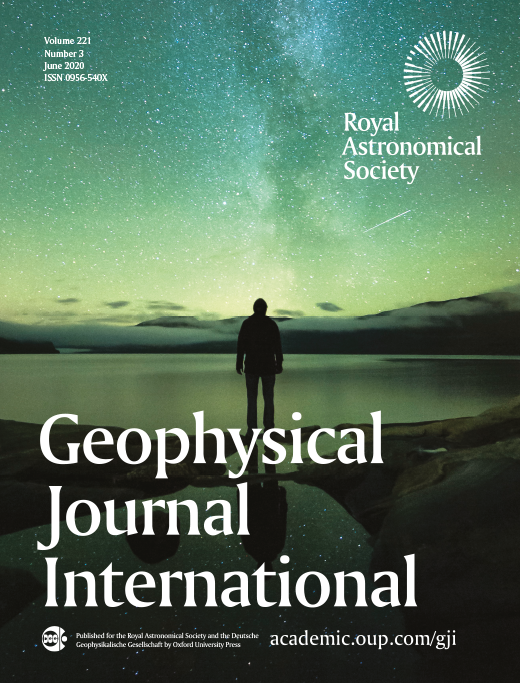Rosalia, S., Cummins, P., Widiyantoro, S., Yudistira, T., Nugraha, A.D. and Hawkins, R.,
Geophysical Journal International, (Q1)
220(2), pp.1260-1274.
2020.
In this paper, we compare two different methods for group velocity inversion: iterative, least-squares subspace optimization and probabilistic sampling based on the transdimensional (Trans-D) Bayesian method with tree-based wavelet parametrization. The wavelet parametrization used a hierarchical prior for wavelet coefficients which could adapt to the data. We applied these inversion methods for ambient noise tomography of the western part of Java, Indonesia. This area is an area prone to multiple geological hazards due to its proximity to the subduction of the Australia Plate beneath Eurasia. It is therefore important to have a better understanding of upper crustal structure to support seismic hazard and disaster mitigation efforts in this area. We utilized a new waveform data set collected from 85 temporary seismometers deployed during 2016–2018. Cross-correlation of the waveform data was applied to retrieve empirical Rayleigh wave Green’s functions between station pairs, and the spatial distribution of group velocity was obtained by inverting dispersion curves. Our results show that, although computationally expensive, the Trans-D Bayesian approach offered important advantages over optimization, including more effective explorative of the model space and more robust characterization of the spatial pattern of Rayleigh wave group velocity. Meanwhile, the iterative, least-square subspace optimization suffered from the subjectivity of choice for reference velocity model and regularization parameter values. Our Rayleigh wave group velocity results show that for short (1–10 s) periods group velocity correlates well with surface geology, and for longer periods (13–25 s) it correlates with centres of volcanic activity

